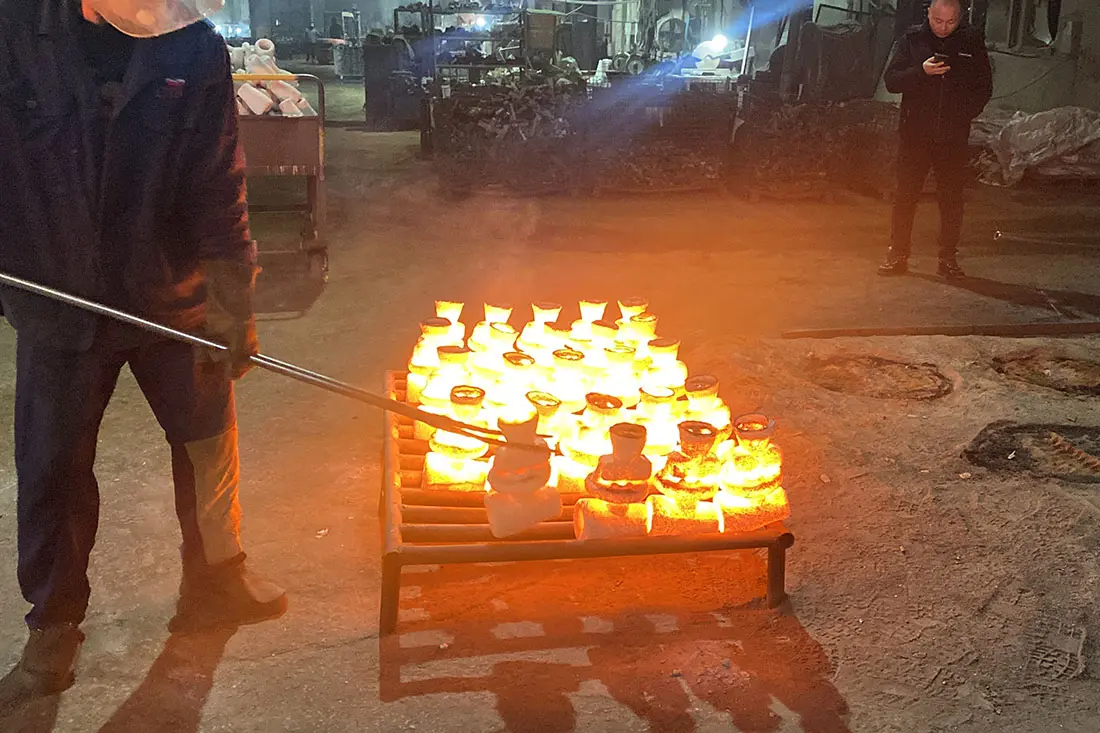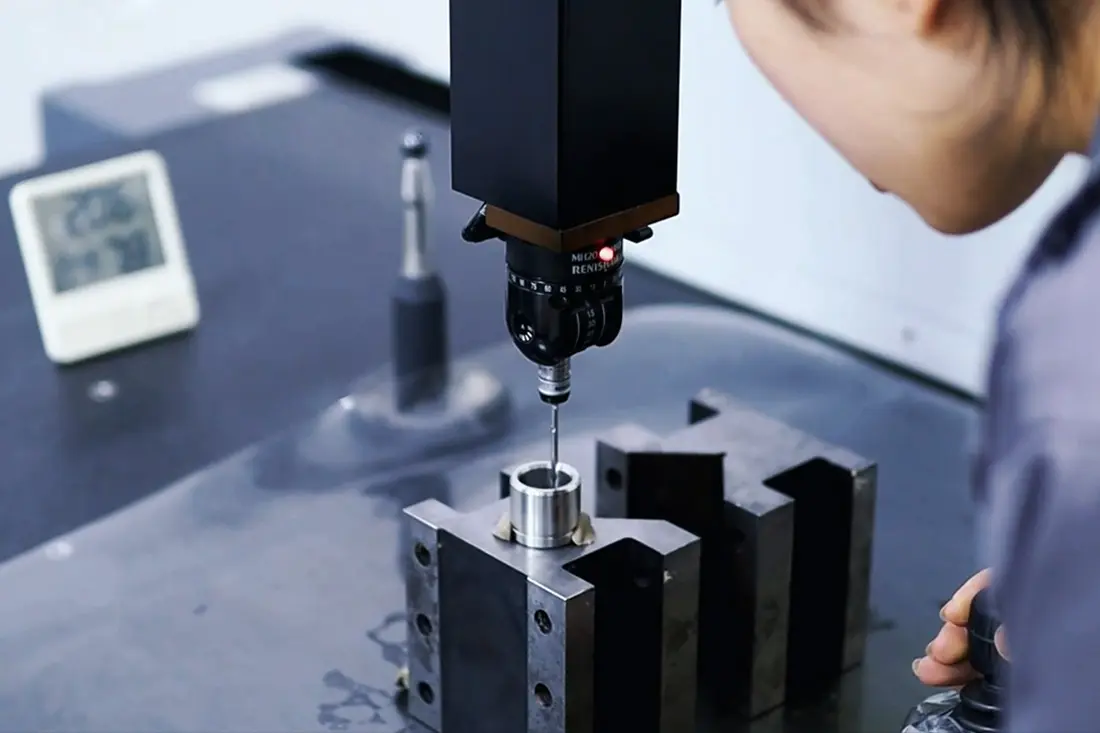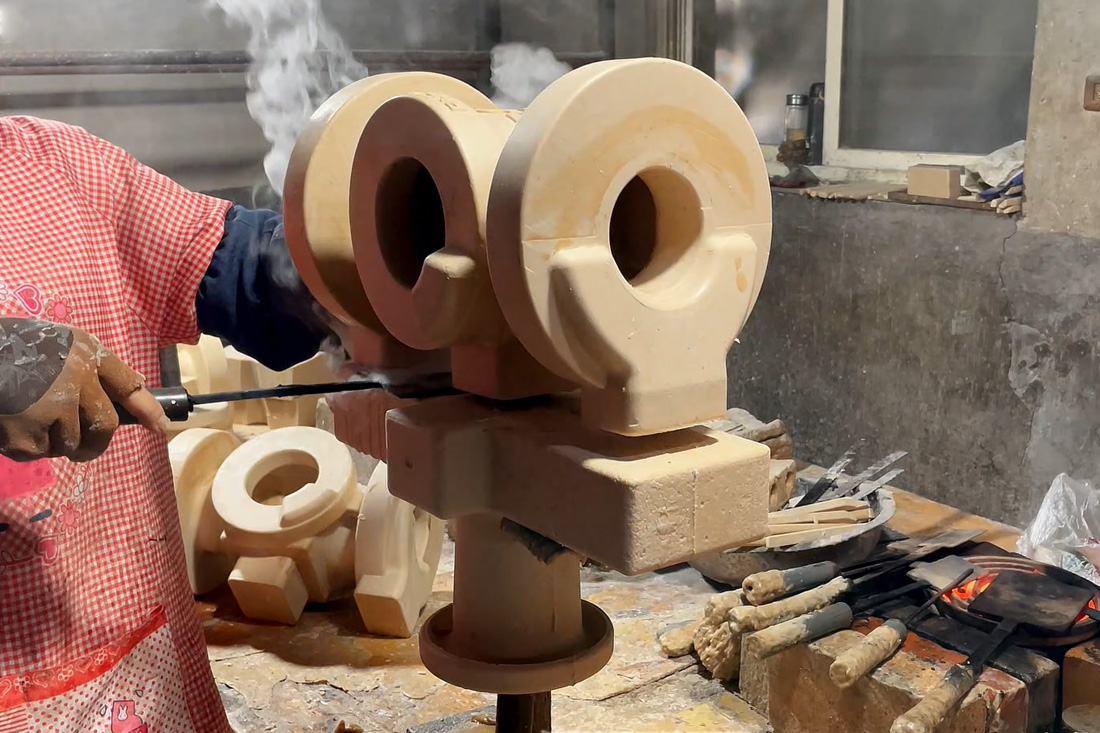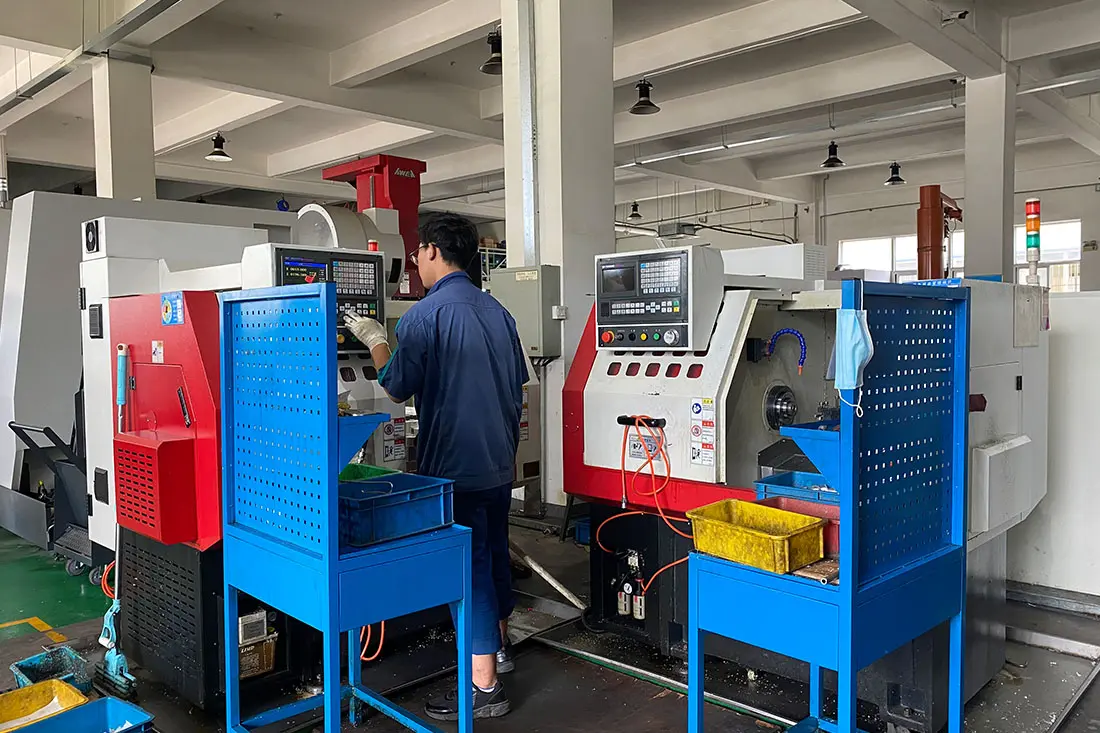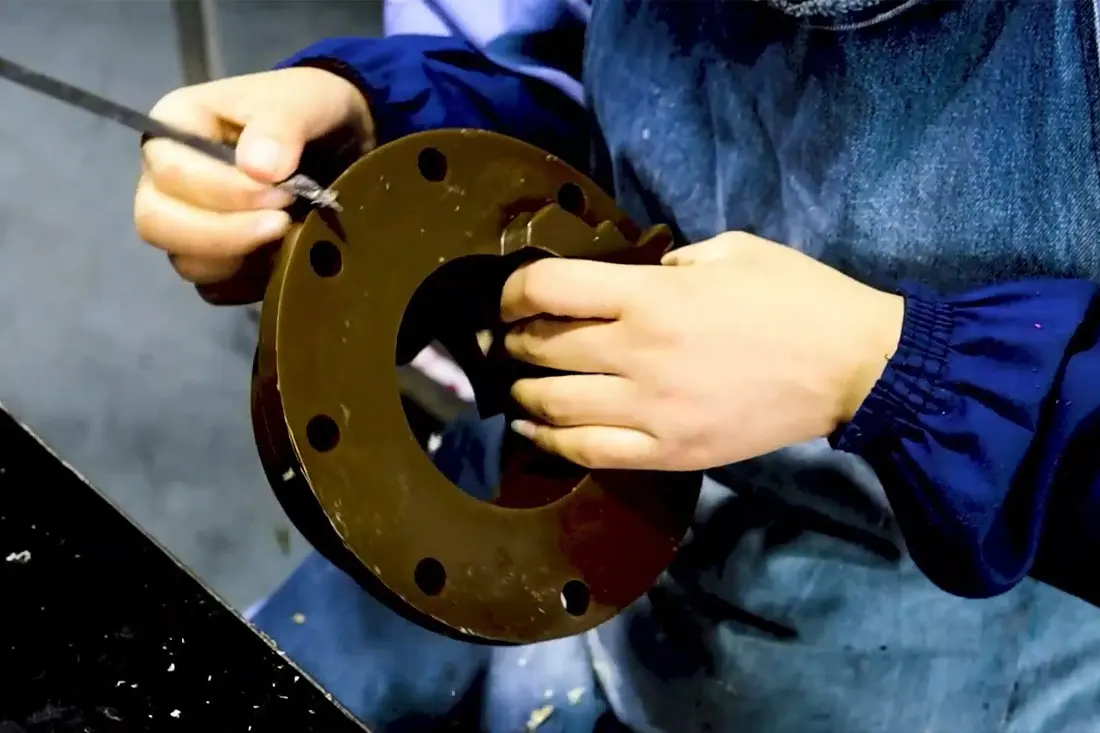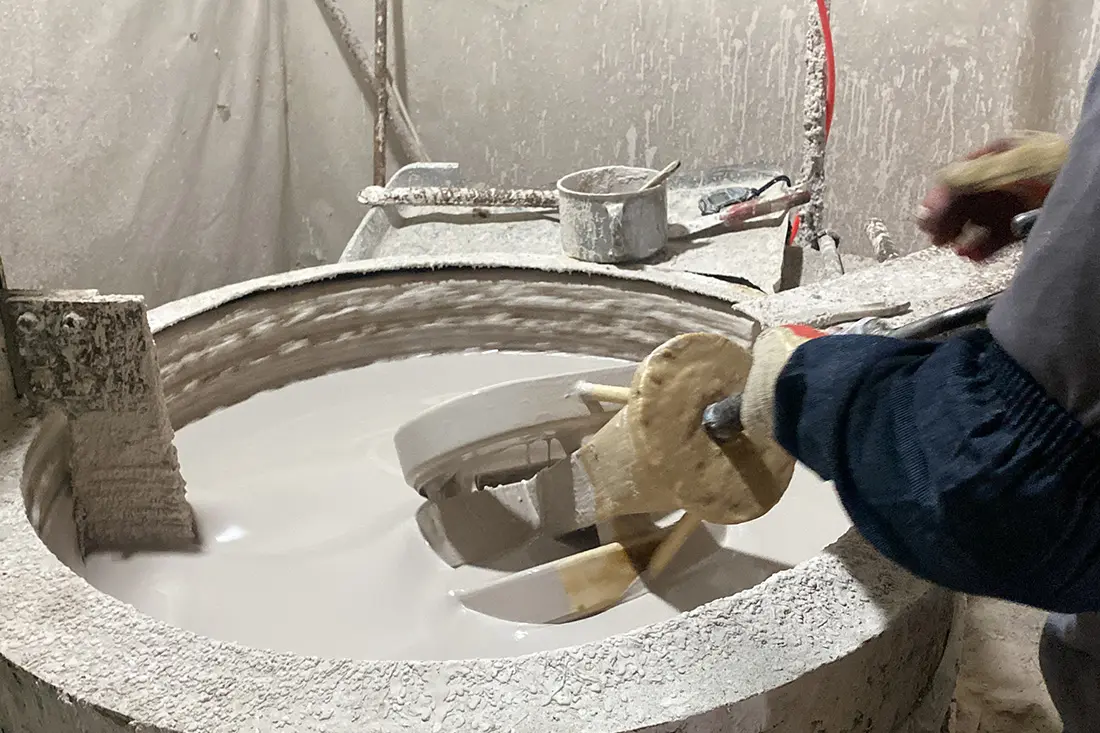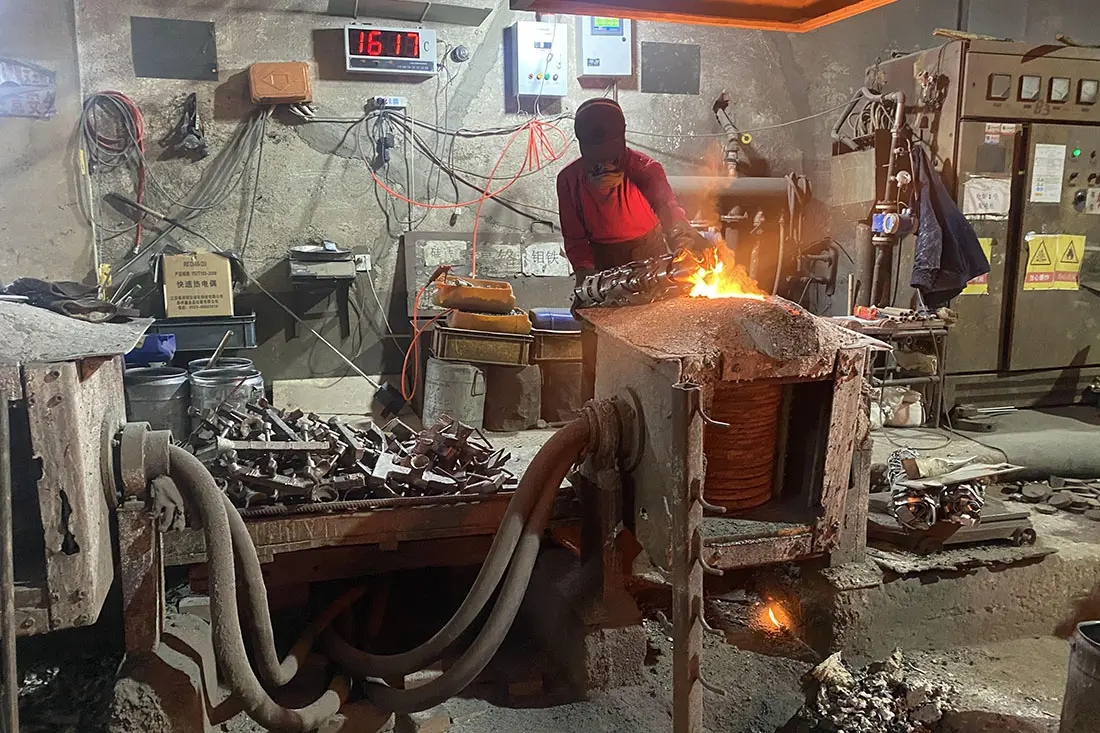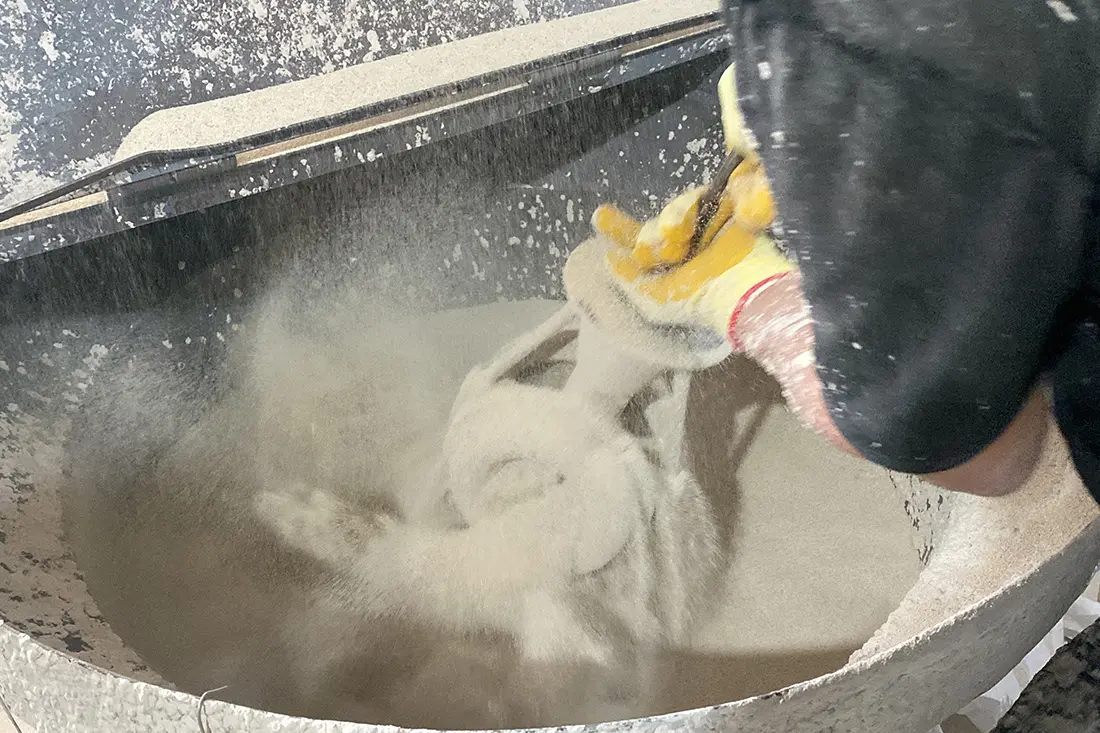Mastering Lost-Wax Casting: A Precision Manufacturing Process for Modern Industries
Introduction to Lost-Wax Casting
Lost-wax casting, also known as investment casting, is a time-tested metal fabrication technique that has evolved into a cornerstone of modern precision manufacturing. Renowned for its ability to produce intricate, complex geometries with exceptional accuracy, this process is widely used across industries—from aerospace and healthcare to jewelry and automotive engineering. In this article, we delve into the science, applications, and advantages of lost-wax casting, revealing why it remains a preferred choice for high-performance alloy production and custom metal parts.
The Lost-Wax Casting Process: Step-by-Step Breakdown
1. Pattern Creation: A wax model or duplicate of the desired part is crafted using CAD design or manual sculpting. Common materials include high-temperature waxes or resin-based compounds.
2. Investment Shell: The wax pattern is dipped into a ceramic slurry, creating a robust shell around it. This step ensures dimensional stability during the molten metal pour.
3. Dewaxing: The ceramic shell is heated to melt and remove the wax, leaving a hollow cavity ready for metal infiltration.
4. Melting and Pouring: Molten metal (e.g., stainless steel, titanium, or aluminum) is poured into the cavity under controlled conditions to prevent defects.
5. Finishing: The cooled casting undergoes grinding, polishing, and heat treatment to achieve the final specifications.
This method’s precision makes it ideal for producing thin-walled sections, internal passageways, and complex curves that are challenging with other casting techniques.
Why Choose Lost-Wax Casting?
- Unmatched Precision: Achieves tolerances as tight as ±0.005 mm, critical for aerospace components and medical implants.
- Design Flexibility: Supports intricate geometries and lightweight structures, essential for fuel-efficient aircraft and miniaturized medical devices.
- Material Versatility: Compatible with alloys like nickel-based superalloys, cobalt-chromium, and titanium, which excel in high-temperature or corrosive environments.
- Cost Efficiency: Reduces material waste through directional solidification and minimal machining services.
- Sustainability: Modern processes incorporate eco-friendly binders and recycling systems to minimize environmental impact.
Industries Benefiting from Lost-Wax Casting
1. Aerospace & Defense
- Produces lightweight, durable components such as turbine blades, engine casings, and satellite parts.
- Example: Jet engine combustion chambers requiring high-temperature resistance and intricate cooling channels.
2. Healthcare
- Fabricates biocompatible implants (e.g., hip replacements, dental crowns) and surgical tools with precise anatomical matching.
3. Automotive
- Creates performance parts like turbochargers and exhaust manifolds, where weight reduction and strength are paramount.
4. Jewelry & Art
- Enables seamless blending of artistry and engineering for luxury items, preserving intricate details in gold, silver, and platinum.
5. Energy Sector
- Manufactures nuclear reactor components and wind turbine hubs resistant to extreme conditions.
Advanced Trends in Lost-Wax Casting
- Additive Manufacturing Integration: Combining 3D printing with lost-wax casting allows rapid prototyping and customized tooling.
- AI-Driven Optimization: Machine learning algorithms predict casting (defects) and optimize pouring parameters for defect-free outputs.
- Localized Production: On-demand casting services reduce lead times and inventory costs, ideal for custom metal parts manufacturers.
How to Partner with a Professional Lost-Wax Casting Service
When selecting a supplier, prioritize companies with:
- ISO-certified facilities for quality assurance.
- End-to-end capabilities from design to finishing.
- Proven expertise in niche industries (e.g., aerospace or medical).
- Sustainable practices aligned with global ESG standards.
Conclusion
Loss Wax Casting remains a vital player in precision manufacturing, driving innovation across high-tech sectors. Its blend of accuracy , flexibility , and durability makes it indispensable for producing components that demand excellence. By leveraging advanced technologies and sustainable methodologies, manufacturers can harness the full potential of this ancient craft to meet modern industry challenges.






